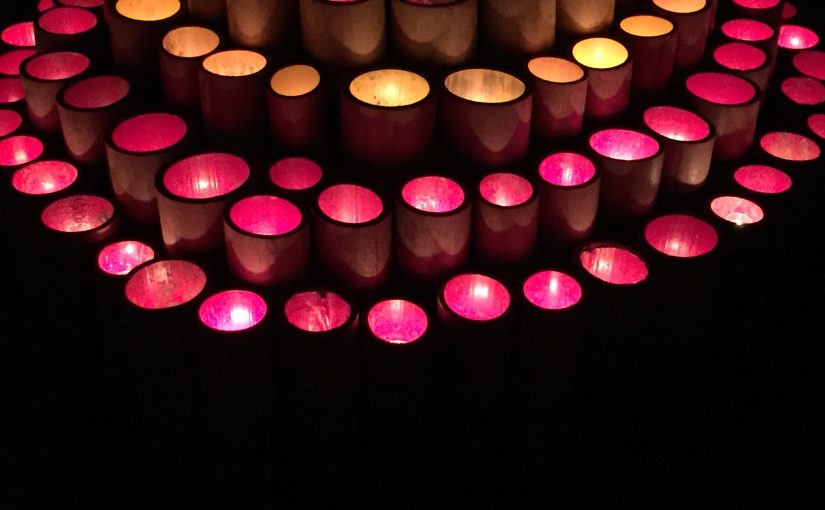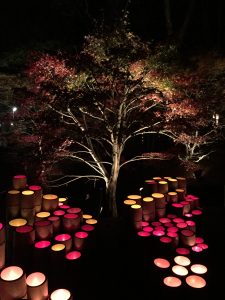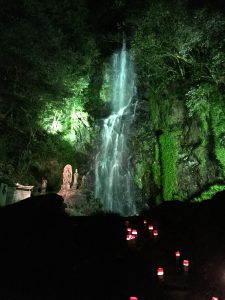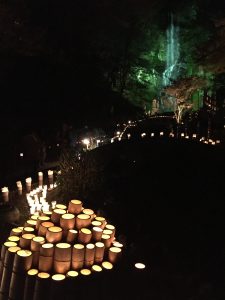Stepping off the train at Ogi Station, it’s easy to imagine that this is the last real outpost before the mountain wilderness beyond. With a snow-capped mountain in front and rice fields stretching away behind, the temptation is to sprint back onto the train and return to civilisation, rather than risk being abandoned in the sleepy town outside the station doors. The thought that this might be Kyushu’s ‘Little Kyoto’, or any kind of cultural hotspot at all, is almost laughable. However, Ogi is the kind of place that rewards a time investment. Sink beneath the somnambulant surface and the traditional Japanese way of life the town is preserving will emerge from behind all those closed doors.
Like all things in Japan, Ogi’s attractions are rooted in the changing of the seasons. Ogi Park is garlanded with cherry blossom in the spring and draws visitors from across the prefecture for hanami parties, topped off with youkan, a red bean or matcha flavoured snack that is the staple of anyone in Ogi with a sweet tooth. The foothills of the mountains beyond help the town to mark progress through the year. Fireflies dance above the rivers in early summer, while hidden valleys fill with crimson leaves as the nights draw in.
One event that the town particularly looks forward to happens in mid-November, as the leaves begin to fall. The Kiyomizu Falls in the foothills of Mt Tenzan put on a week-long private show that even some residents of nearby Saga remain blissfully unaware of. Kiyomizu shares its name with the famous temple in Kyoto and, like its namesake, has an excellent view for those prepared to search for it. On a clear day, the temple perched above the falls has a vista that stretches across two prefectures. From the stage, it’s possible to gaze down the valley, across the Ariake Sea and all the way to the distant mountains of Unzen. For a short period, though, the attraction is in the park below. As the changing of the red leaves reaches its peak, the garden at the base of the waterfall is filled with hundreds of bamboo carvings and night lights. The waterfall becomes a shrine to the seasons and a celebration that autumn has come again.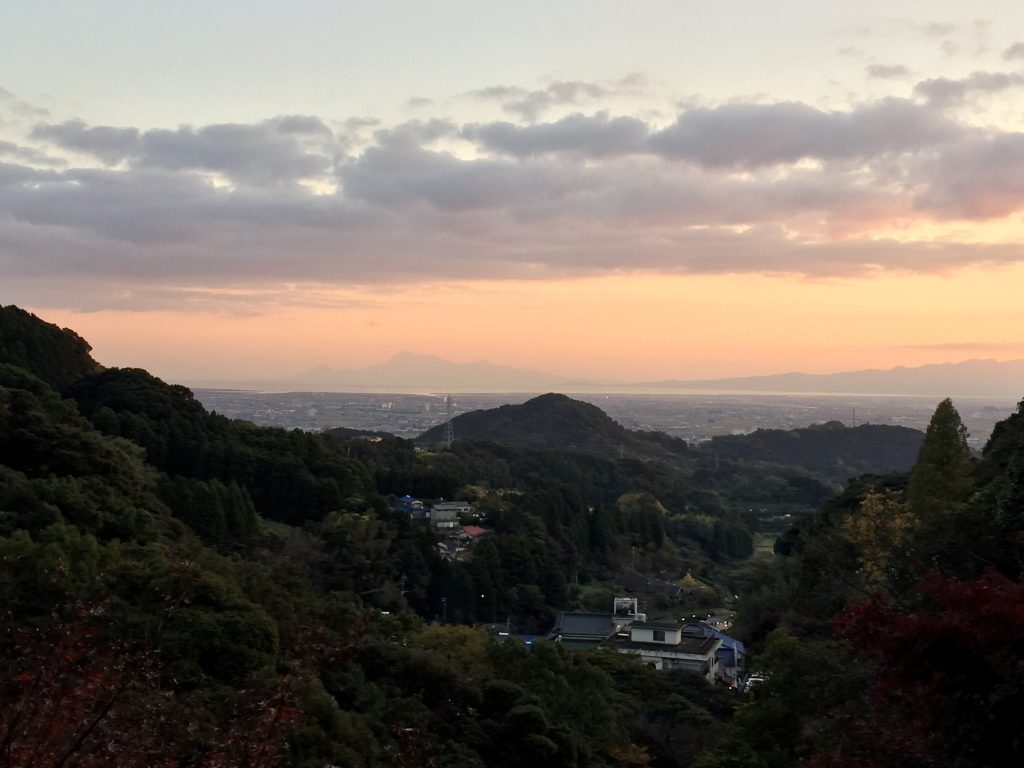
Driving up the winding roads towards the smattering of houses around the waterfall, it almost feels that the festival is the one bright spot for miles around. However, the temple entrance is far from lonely. The steady stream of people walking down from parking on the mountain roads provide plenty of friendly warmth. Throughout the village there is a feeling that the community is out for the evening. Stalls perched on the steep slopes do a steady trade and some houses even put their own decorations out. Inside the festival, there are plenty of people out to admire the lights, but there are still enough lulls in the traffic to take decent photos. All of this combines to hit a festival sweet spot. It feels like an important event in the local calendar, but it’s still personal and contained. A secret world in a fragile bubble, uncovered by the rustling of the forest.
The lights stretch from the entrance of the park to the base of the waterfall. Carved and painted bamboo tubes turn the thousands of tea lights into a swirl of patterns and images that stretch around and along the path, accentuating the last of the autumn leaves as they fall from the trees. The waterfall is at the centre of a grotto, a background in green and blue to the patterns of lights in orange and red. Several larger artworks are placed around a pagoda, which is the perfect place to sit and take everything in. Twinkling lights along the footbridges create plenty of spots for photos, where couples cuddle and schoolchildren huddle. It only takes 10 – 15 minutes to walk through the main display, but everyone leaves smiling.
On the way out, the villagers have put out food stalls around a huge bonfire, where people stop to warm up with a hot drink. The light of the fire reflects off the red leaves hanging overhead, warmth oozing from every corner. There are plenty of seats from which to watch children playing in the lights across the stream, or catch up with friends over a bowl of oden or a couple of dumplings. The buzz of chatter and hearty food provides a cosy cocoon to pause in before heading home.
Kiyomizu is not a unique sight, nor is it a place that will ever make it into guidebooks. For most of the year, it’s a tranquil spot in an out of the way village, not even seen from the train line as people zoom past to bigger sights in Fukuoka or Nagasaki. When travelling, it’s very easy to get caught up in the guidebook’s ‘Things to See’, and with good reason. Sometimes, though, it’s good to slow down, look around and even allow the trip to be swept off course. For it’s in places like Ogi that the quintessentially Japanese way of life is preserved. It will not scream and shout to be heard. Instead, it waits its turn and then, at the proper time and in the proper manner, it offers up something understated and delicate – something that wouldn’t work, unless it was done in Japan.
